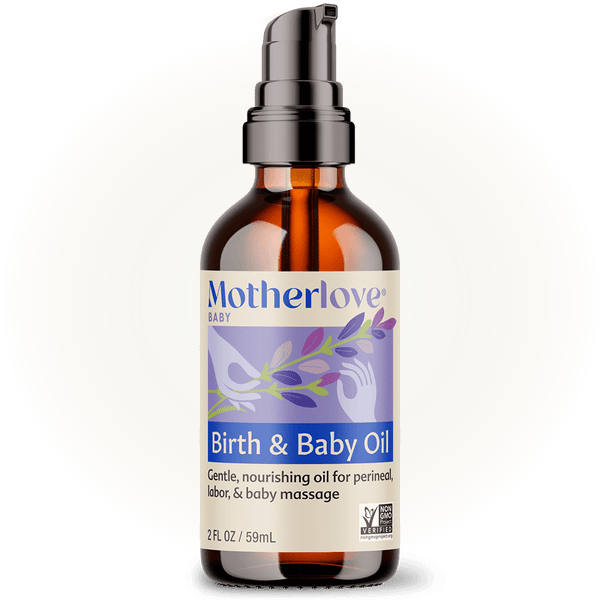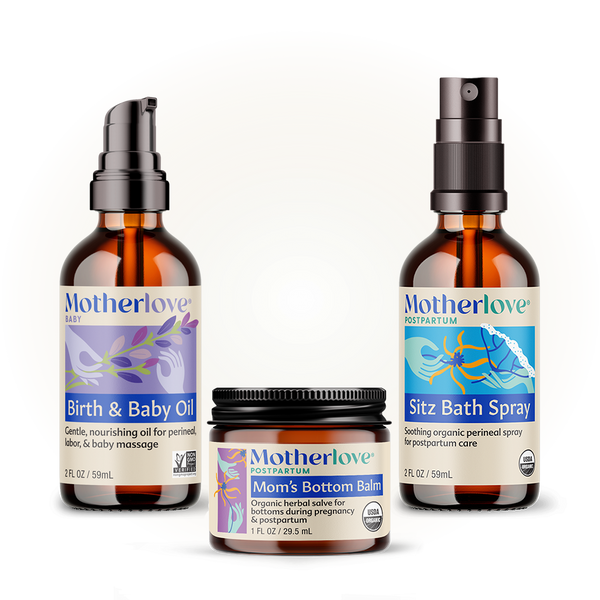Written by: Sarah, IBCLC, Doula
No one ever really talks about the belly button. Its significance, purpose, and overall function is pretty vague. As babies and toddlers, we are taught about it as a body part, “touch your nose…touch your belly button”. Mostly just to see that we know the names and placement of our body parts! After this phase though, the belly button is nothing more than a dust or germ collector. It’s more fascinating to understand how something so critical in human development could appear so meager now.
WOW! SOME INTERESTING FACTS ABOUT THE BELLY BUTTON
- All humans have one, but not all mammals.
- Each button is distinctive, even in multiples.
- Most people start with an outie that changes to an innie, unless of course you’re pregnant and once again flaunt an outie.
- Some people will have “umbilicoplasty” to change the look of it.
IT ALL BEGINS WITH THE UMBILICAL CORD
Let’s look at this interesting organ from its inception. The true lifeline between a mother and fetus, or umbilical cord as we call it, attaches to the baby at the abdomen and to the mother at the placenta. The cord replaces the yolk sac around the fifth week of development as the conduit for nutrients from mother to embryo. At full length, it will reach maturity between 45-60cm, around the 28th week of gestation. Inside of the umbilical cord, 2 arteries bring oxygen-rich blood from the mother’s heart to the placenta while 1 vein returns blood to the embryo. All of this is encased in a viscous substance called Wharton’s Jelly. This material keeps the blood vessels from being constricted by loops, knots, twists, and bends while baby is busy exploring her environment. If that’s not amazing enough, the cells discovered in Wharton’s Jelly have several multi-potent stem cell genes and can heal various parts of the body. In recap, those stem cells can be extracted once the placenta has been expelled and used to treat many blood and immunological disorders and even some cancers.
HERE'S WHY IT'S BEST TO DELAY CLAMPING AND CUTTING THE CORD!
Once mother has birthed her baby, the quick temperature change to the umbilical cord will force Wharton’s Jelly to compress the 3 vessels, essentially creating a natural cord clamping over a period of 5 minutes. This process gives the baby a chance to obtain a few extra benefits, it is common in most western hospitals to immediately cut the umbilical cord after birth. If you’re growing a little human right now, consider having this conversation with your healthcare team before delivery to ensure your baby gets to revel in these advantages:
- Increased iron stores-good for brain development and reducing the instances of anemia for years to come
- Lungs get more blood, making the exchange of oxygen smoother for baby.
- Extra blood will help baby transition from the inner world to the outer world overall.
- Adding a third more blood volume in the first 3 minutes of your newborn’s life - most of this blood transfer happens in your baby’s first few breaths.
- Cord blood is rich in stem cells and can aid in diseases over a lifetime.
- In some recent studies, they have found delaying at least 3 minutes may increase neurodevelopment-helping with social and fine motor skills later on.
Let’s take a peek at what is the recommendation:
In the grand scheme of things, you’ve waited for your baby to arrive for 40 long weeks so what is another 5 minutes? Your body was designed to create life perfectly and it doesn’t end once the baby is out. Wharton’s Jelly can safely “clamp” the cord when the time is just right, if given ample opportunity.
Looking for a way to moisturize your baby’s skin (and bellybutton!) after birth? Try our Birth & Baby Oil - a versatile and gentle oil that can be used on the most delicate skin. This lightweight and relaxing oil is ideal for infant massage, as a soothing moisturizer after bath time, and on baby's dry scalp.




